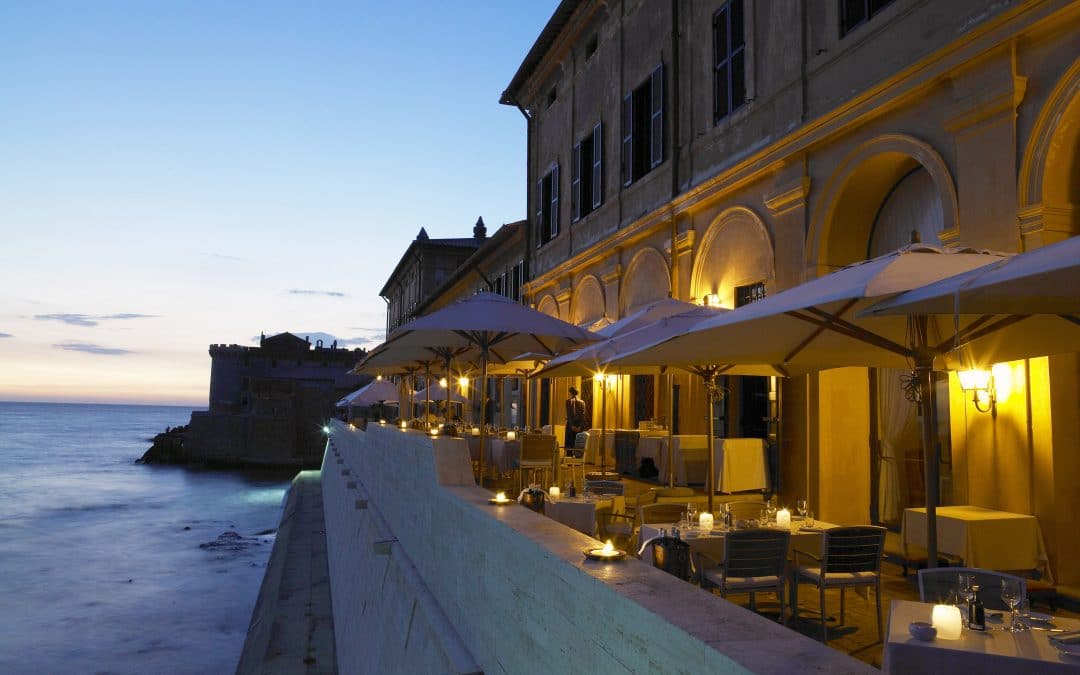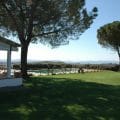“At night, many of the tourists return to their cruise ships or tuck in after early dinners. The result is a momentary reprieve but also, like Venice in its slow winter months, a time warp to an earlier Venice”. Jason Horowitz, New York Times
Over tourism – what it is and its impacts
Tourism is overall a positive input for economies and has been a massive catalyst for many around the world. It can, however, have negative impacts and these have been brushed under the carpet. Now many destinations are at a point where the negative effects cannot be ignored. Economic growth, the driving force behind attracting more travellers, has left destinations to deal with economic, social and cultural ramifications they were not equipped for.
In Europe, especially, this is at its peak with cities like Barcelona, Reykjavik, Rome and Venice. The negative impact is felt by locals and communities all over the city, not just in tourist districts, as they take over residential areas and reduce the quality of life for locals.
In an unofficial vote 18,000 Venetians have expressed their feelings of wanting the big cruise ships out of their lagoon. These ships are the main use of transport for travellers into the city and have driven over 120,000 locals out over the last 65 years.
Transformed destinations – how tourists are doing it
Travel used to be a luxury because of the effort, time and money that had to go into it. Over the last decades, travel has become more affordable. The expansion of low – cost airlines, especially in Europe, is making travel cheaper and easier. In addition, a rising middle class in Asia is bringing more tourists to Europe. As a result, this commoditization of travel makes the local communities suffer.
Home sharing services is one of the examples. They take business from the hotels, and as a result reduce council allowances contributions. Some tourist, especially from cruise ships, might not even stay overnight. This type of tourism has been named ‘Eat and Flee’ by Italy’s culture Minister Dario Franceschini and is one form of low-quality tourism.
Fighting over tourism, some destination have rebranded themselves to attract more affluent travellers. An example of such destination is Iceland.
Off-the-beaten path – where to find beauty
Change always comes through education. Consequently governments, destinations and operators alike need to take it up on them to encourage this process.
A more realistic marketing can already help travellers plan their next trip. Destinations can learn from smaller attractive places who are forced into limit growth like the Galapagos Islands or Machu Picchu. Guiding pre travel in the planning and preparation is where changes can be made to present destinations in the right light.
Some governments have taken strict approaches to limiting the number of tourists who can enter a city or look at a landmark. That way the problem is just being prolonged. Offering them other options on the other hand and educating them to change their behaviour will help all parties involved. Off-the-beaten path destinations have more to present then they receive credit for. Traveling during off peak season is another option that opens the liberty of seeing a destination from a different angle.
Bringing those two options together in finding the right region and season combination, as well as incorporating local elements, ensures a unique and authentic way to explore a destination.
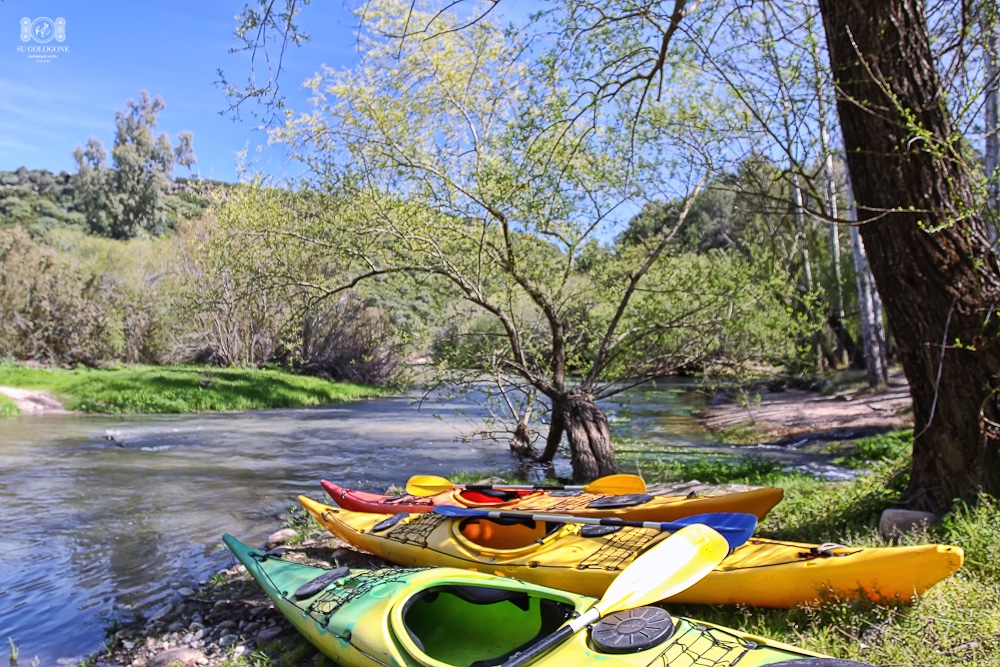
Destination Spotlights – our tips
Are you planning your next event and exploring possible destinations? Off the beaten path destination and off season travel is our recommendations for you to make the most out of your time, budget and offer your delegates something unique. We have put together our favourite destinations below. Other beautiful Italian destinations for all seasons and occasions can be found here.
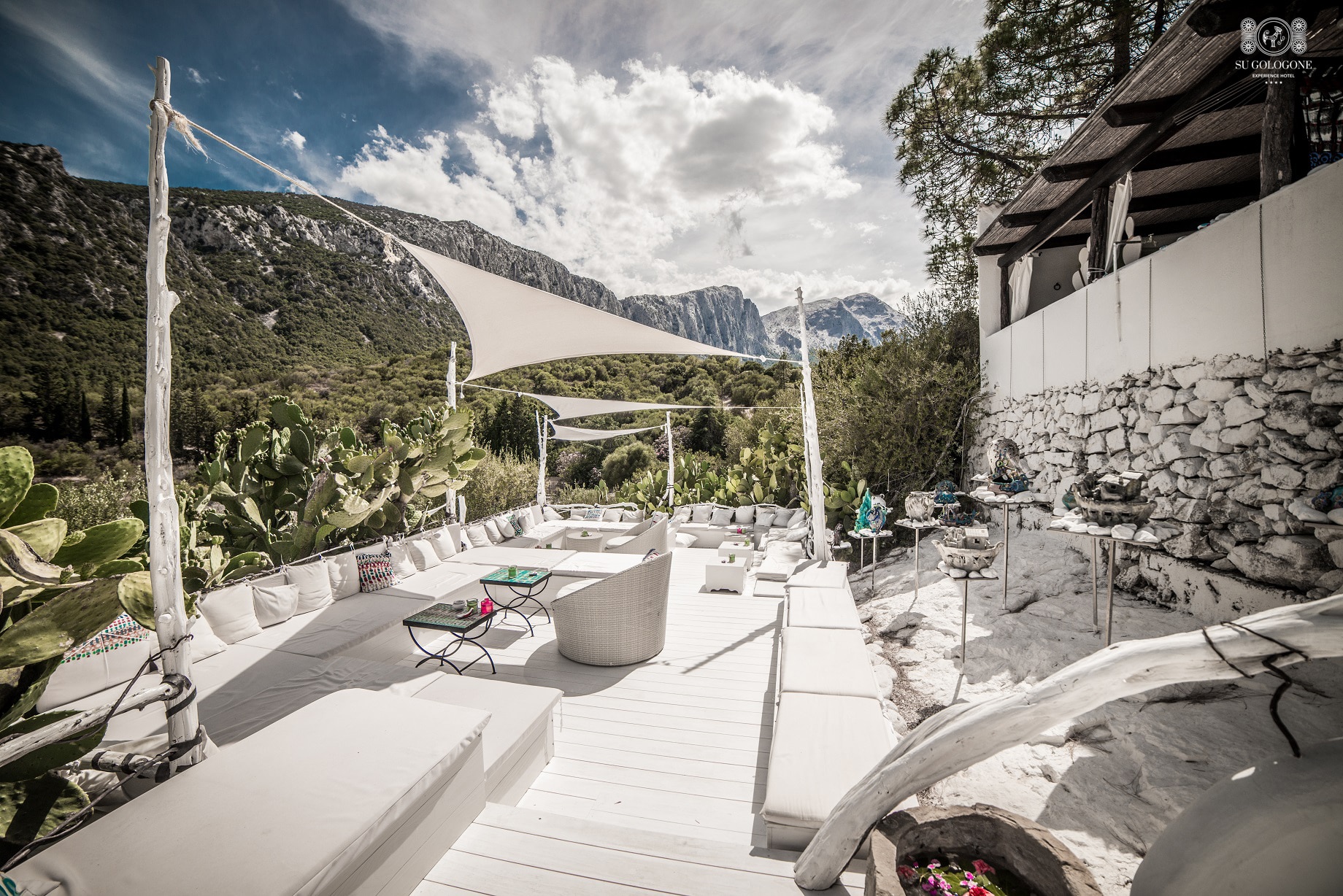
Spring: Palermo & Sicily
Sicily is one of Europe’s most fascinating spots, a paradise for fans of wine, history and nature. Marks of the Phoenicians, Ancient Greeks, Romans Moors, Normans and Spaniards are left on the shores of this Mediterranean treasure.
With unbeatable cultural attractions, crystal-clear seas, distinguished wines and fabulously fresh seafood it is an amazing location for food and wine tours as well as corporate events outside the summer high season.
Summer: Basilicata
When looking for a non-touristy, off-the-beaten path destination nothing compares to Basilicata. Its arid, mountainous and forested terrain is striking.
Leaving travellers with an authentic experience, this undiscovered by mass tourism destination gives pleasure all around. Rich of history with the medieval Castle of Melfi and Maratea, a seaside town famous for its churches Basilicata is excellent for team building.
Autumn: Umbria
Hailed as Tuscany’s sister, Umbria scores with medieval hill towns, wine routes, rustic villas and ancient olive groves.
Perugia being the regional capital the charm and authenticity comes through in the smaller towns like Spello, Todi, Gubbio, Spoleto, Bevagna and Norcia.
Home to an excellent, truffle-infused regional cuisine and beautiful architecture it gives perfect grounds for corporate cooking experiences.
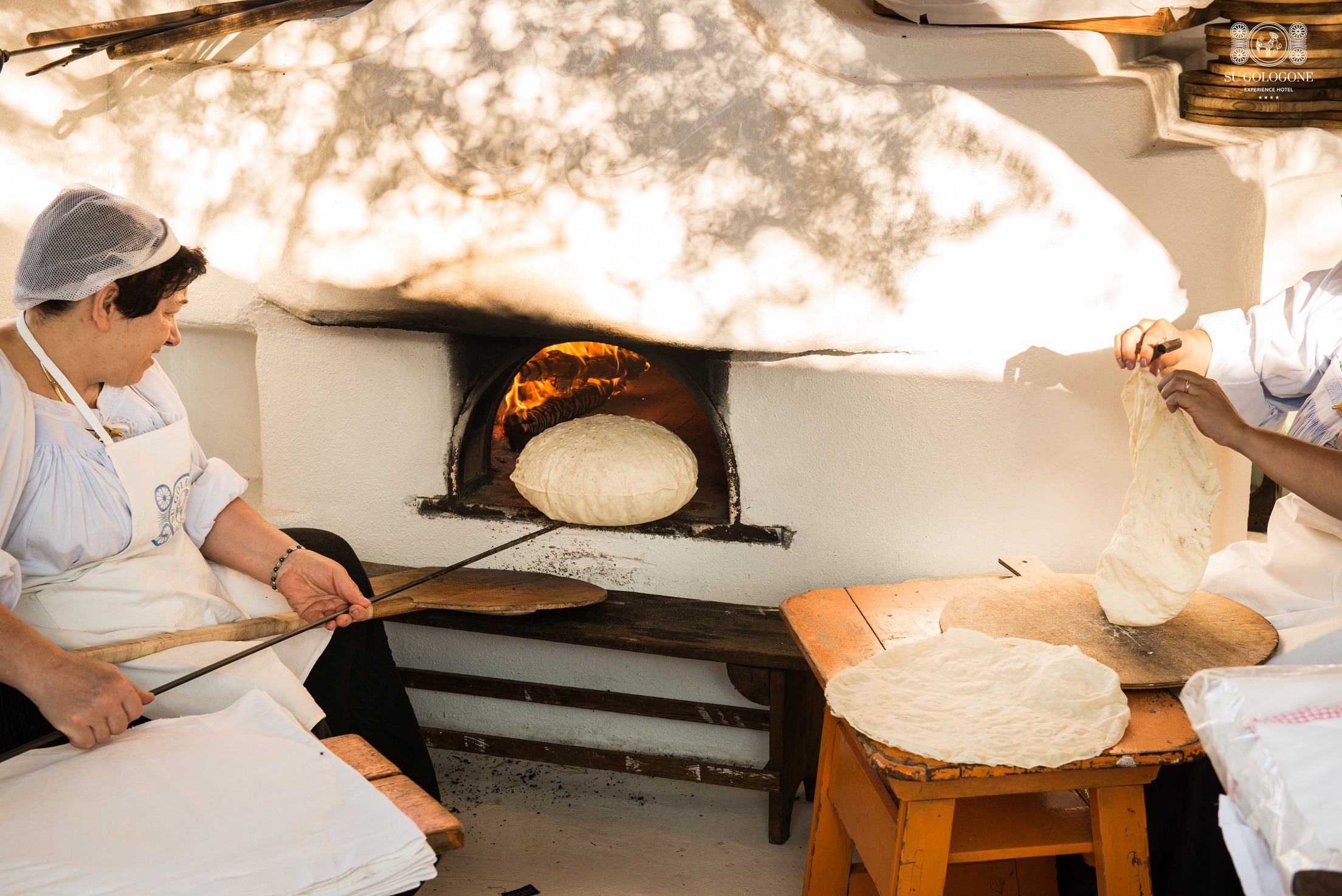
Winter: Puglia
One of Italy’s best kept secrets is this Adriatic beauty savouring fine foods, wine and art. Affectionately called the heel on Italy’s boot thousands of years of fascinating history are being retained.
On the edge of the South Puglia is filled with whitewashed hill towns, fascinating caves, ancient ruins and gorgeous seaside resorts. Fames for its outstanding wines, olive oils and regional dishes Puglia is ideal for food and wine tours, meetings & conferences and team building.
We highly recommend these articles for further reading:
Proposing Solutions to Overtourism in Popular Destinations: A Skift Framework. Read here.
Summer of Overtourism: 4 Lessons for the Travel Industry. Read here.
How Much Tourism Is Too Much? Read here.
Venice in Winter. Read here.
Venice, Invaded by Tourists, Risks Becoming ‘Disneyland on the Sea’. Read here.

